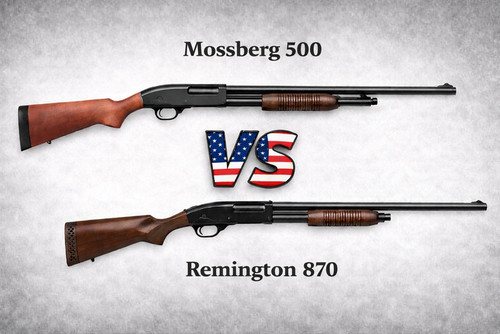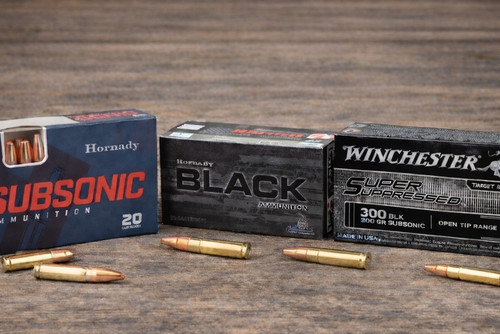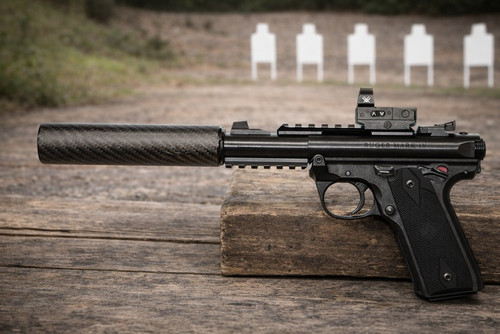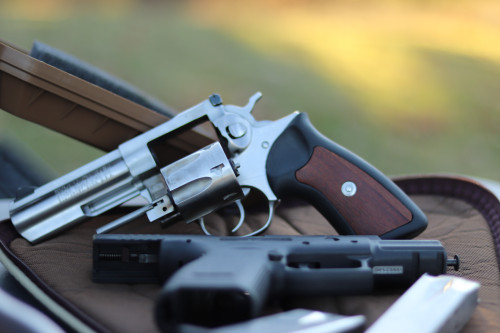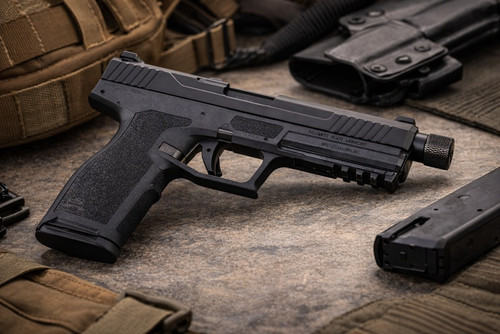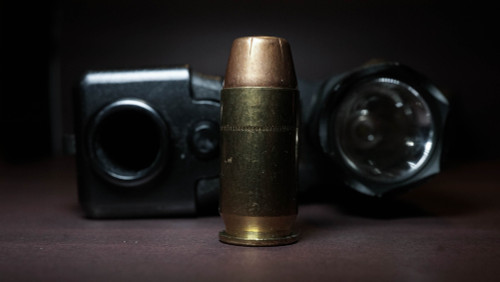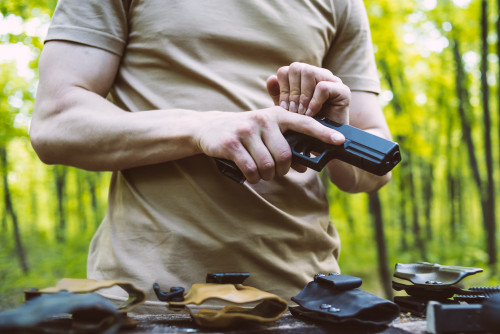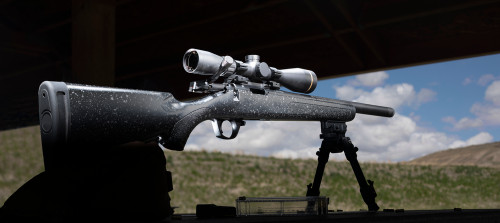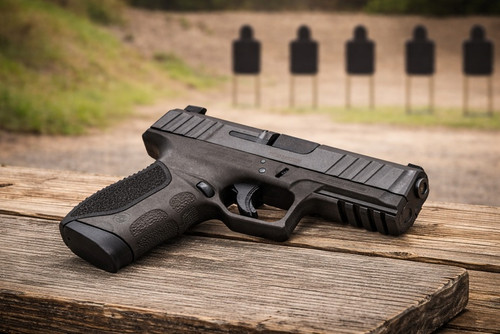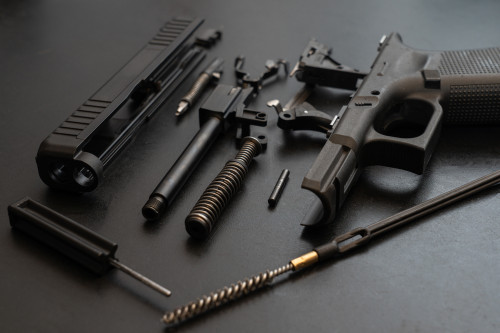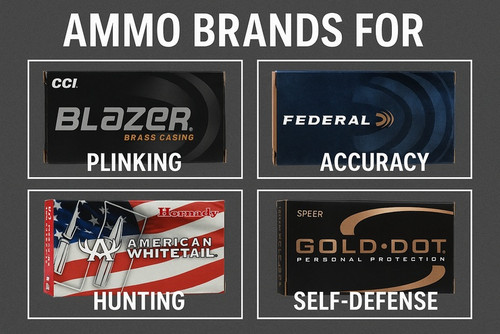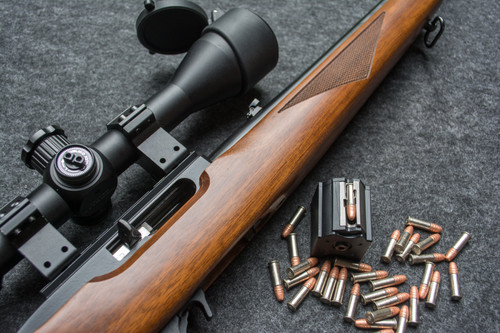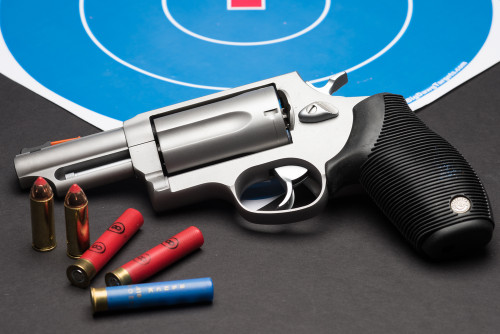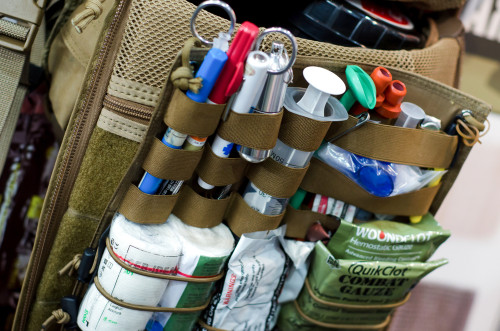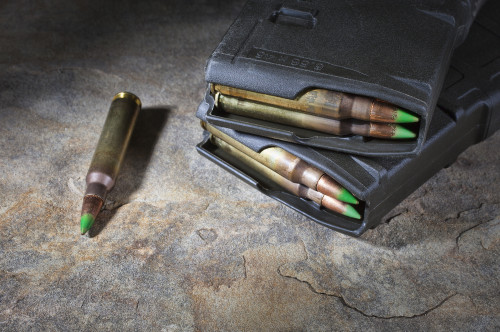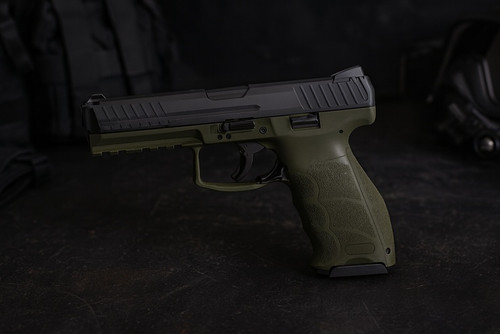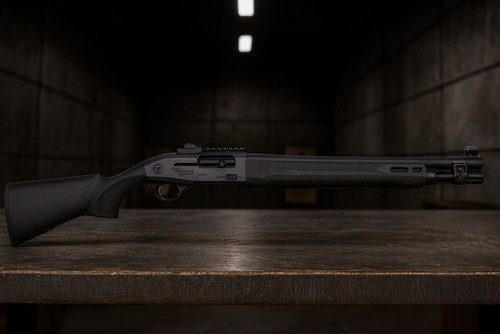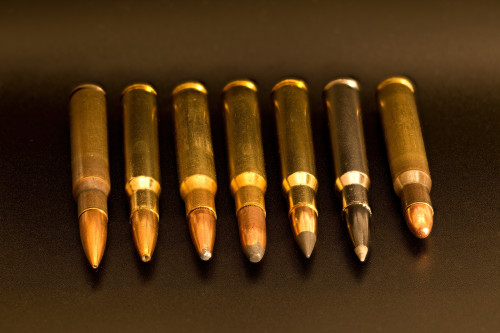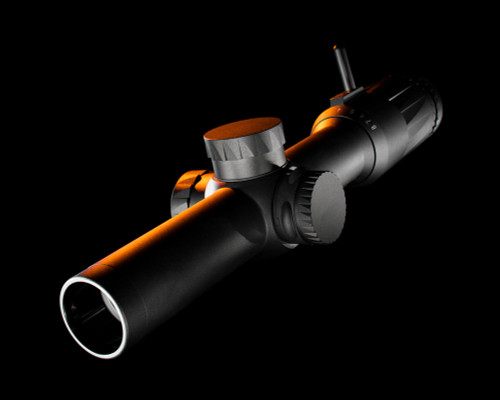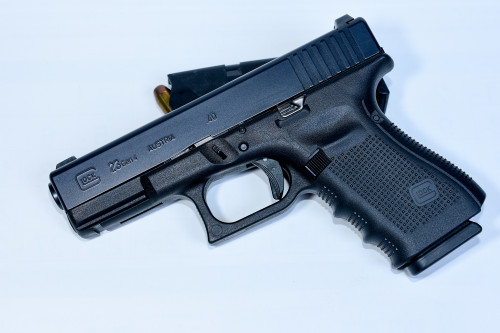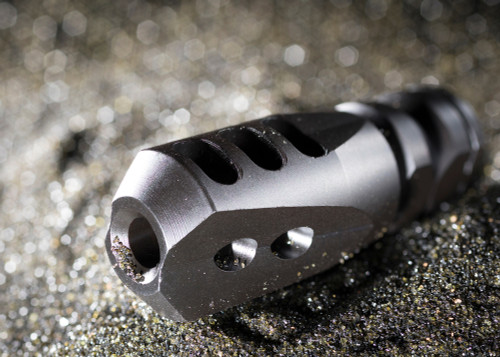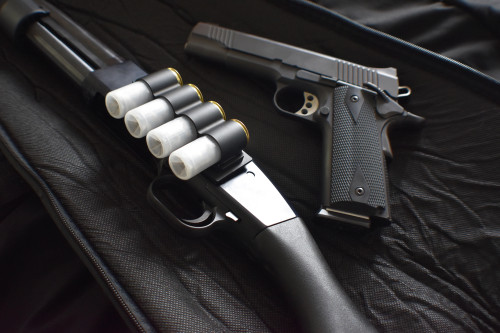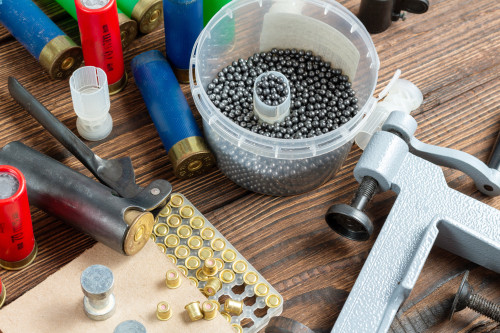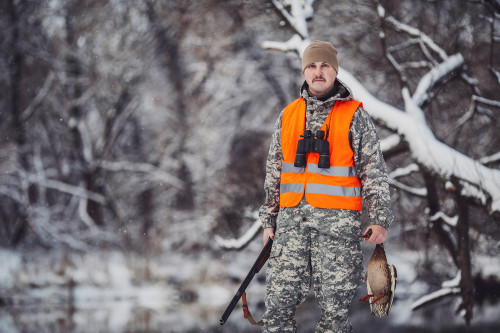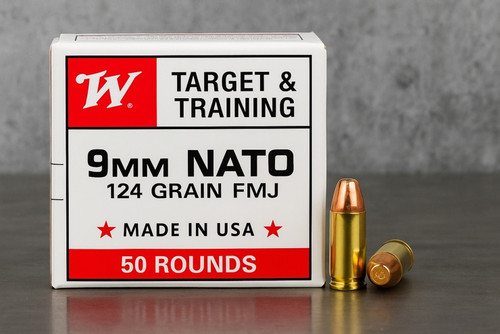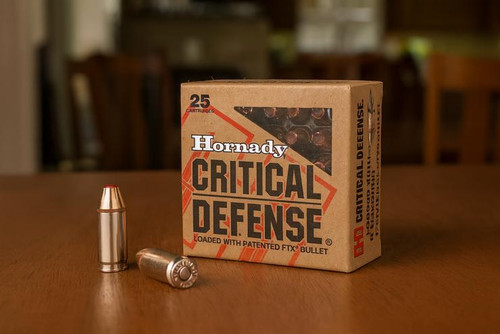So you have made the choice to purchase your first handgun, the best life insurance policy money can buy against evil lurking in the shadows. However, you are now faced with yet another potentially difficult decision - buying the right ammo for your needs. Here at Pro Armory, we want to make that choice as easy and bull crap free as possible, and this piece will be no different. So buckle up and get ready, because we are about to get knee deep in the nuances surrounding the various types of ammo on the market and what you actually need for your handgun!
Whether you just picked up your firearm, or you’ve had that beautiful piece of hardware and just need to restock, there are some questions that we typically hear when dealing with ammo sales. Questions surrounding topics like the importance of case material, bullet type/purpose, price, and reliability, and what you might find is that most, if not all of these are very closely linked to each other in one way or another! But let’s dive a little deeper into these various inquisitive topics.
The Purpose Of Your Ammunition Choice
When we are looking to stock up on ammo, the first thing we all typically look at is the price. I would challenge you, however, to stop yourself on this instinctive impulse, and ask the purpose of your firearm and the ammo you look to use to that end. Right off the bat, most purposes surrounding the firearm one chooses are based on protection and/or range time fun! I would argue, though, that these two should always be synonymous with one another. If we always look at firearms as a means to defend one's self, and thereby harm another living being, we will continue to feed the fear that society has fostered towards firearms and our second amendment. However, if we choose to look at our handguns and long guns as tools and sporting equipment by shifting our purpose towards more of a sport, we might begin to bring society back to our side. Simply put, there was a time where society looked at firearms as tools and firearms safety was taught in the home from an early age. This encouraged them to be a less threatening object in society, and we need to get back to that.
Seriously though, if we look at the handgun that we purchase through the lens of sports shooting, we will be more encouraged to train and choose a firearm that we would enjoy to shoot/train with. Then, by default, we will be more competent shooters in a situation where we may have to defend our lives.
Projectile Preferences
With our purpose being sorted out, we then know what two categories we need to stock ammo for. These are training and defense. For every firearm, in every caliber that we own, we should have stock of both training ammo and defense ammo. But what is the difference between the two? Training ammo is any ammo whose projectile is coated in a full metal jacket, FMJ. This means there is no hole or divet in the tip of the projectile that would assist in the bullet's expansion. This solid projectile can be made of multiple materials, to include lead, solid copper, copper plated jacket around a lead core, synthetic jacket around lead core, to name a few!
For training purposes and cost effectiveness, I tend to focus my own stock on copper jacketed lead core projectiles, your standard run of the mill FMJ. Reason being is that it does not break the bank and it is a tried and true method for projectile design. That does not mean there is no merit to other types of projectiles, though I tend to avoid solid lead due to its tendency to foul up the barrel. If I am going to use lead cast bullets, due to extenuating circumstances like during the pandemic, I will ALWAYS coat them in polymer to reduce the lead residue left in my barrel. Lead residue and build up can cause some pretty nasty malfunctions and lead to a corroded barrel if left uncleaned for any decent period of time. So make sure, if you are a reloader and want to use cast bullets, take the time to coat them in polymer.
When it comes to defense, however, I have a few recommendations but they are not all as friendly on the wallet, nor should they be. Defense rounds, like the firearm you choose, should not depend heavily on your wallet, but the purpose it is meant for. When it comes to matters of survival, no expense should be too much. Thus, I tend to favor the tried and true Federal HST and Hornady Critical Duty rounds in my 9mm pistols, for the extensive use and praise from many law enforcement individuales that I personally know.
While I have two recommendations, and both work exceptionally well with respect to expansion in soft tissue, I do tend to favor one over the other. The Hornady Critical Duty houses a polymer filling, Hornady’s Flex Tip Technology, within the hollow point which helps to prevent uneven expansion on thick layers of clothing or while penetrating thin barriers, like plaster walls. That is not to say the polymer tip will cause over penetration either. In fact, the Flex Tip is designed to push back into the bullet, allowing for a more controlled expansion and more efficient transfer of energy on target, while preventing barrier material or clothing fabric from clogging the projectile. If clothing fabric or barrier material clogs the hollow point in the projectile, it would potentially inhibit proper bullet expansion and allow the bullet to over penetrate your target because it now takes on the characteristics of a FMJ.
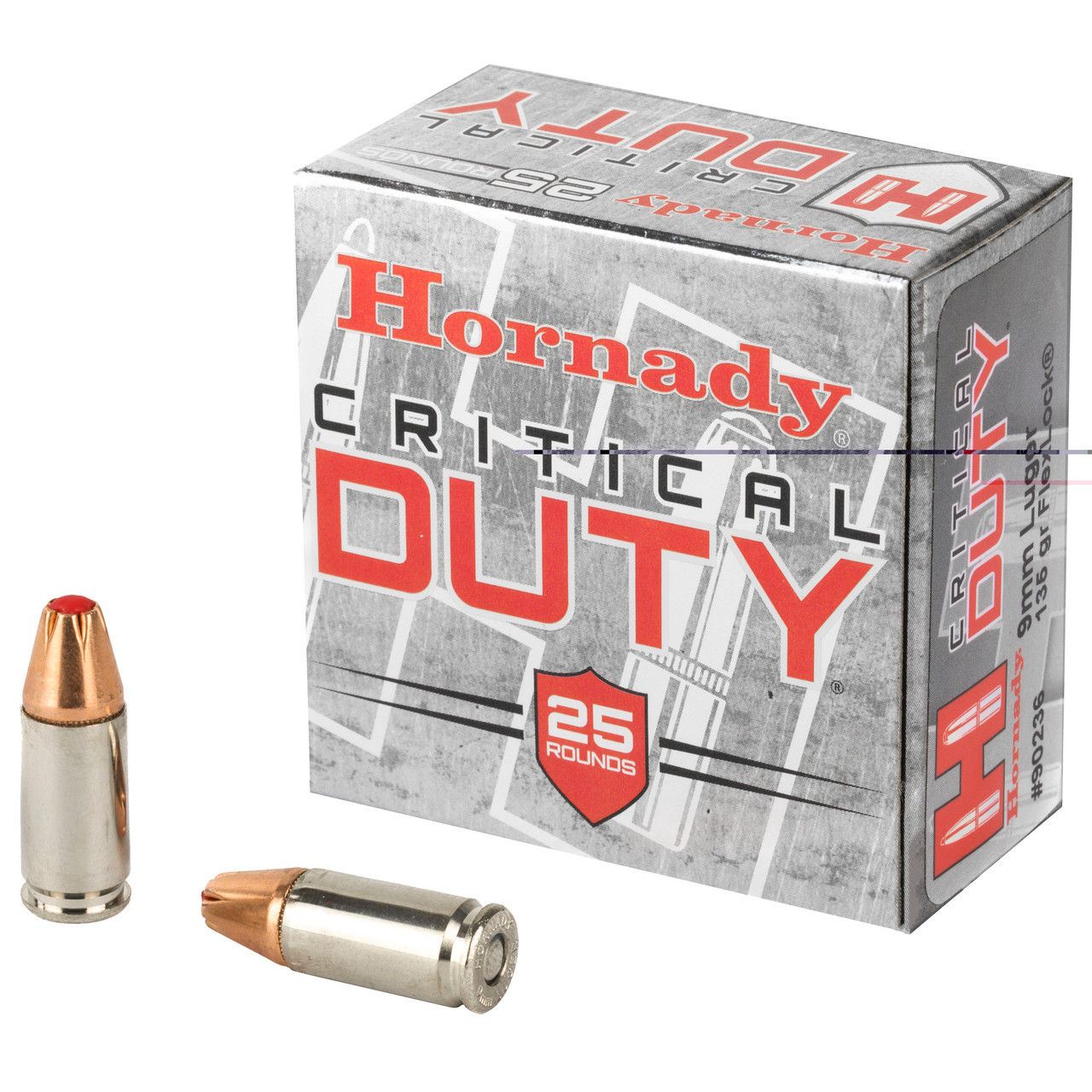
HORNADY CRITICAL DUTY 9MM 135GR BOX OF 25
$28.90
at Pro Armory
Prices accurate at time of writing
Projectile Grain Weights
If you look at our ammo selection on Pro Armory, or on the shelf at your local gun shop, you might notice there are not only different calibers, projectile types, brands, and quantities, but there are also different bullet weights! This adds a new level of confusion to the ammo buying experience, and understandably so. Why are there different weights and what are they used for? Well, the answer is wonderfully simple and markedly confusing.
For the purpose of this article, we are going to focus on the beginner and, with that, the base of information surrounding different weights. While many shooters up to their waist in the shooting sports might think that you should always train with the same bullet weight you carry, those shooters up to their eyeballs in the sport will disagree.
You do not need to train 24 hours a day, 7 days a week, 52 weeks a year, to be an avid shooter. I will always stand by the fact that you need to train, yes, but not necessarily all the time. Typically, what I recommend is going to the range 2 times a month at the bare minimum, but that only maintains the skill level you have. If you want to improve, you have to put in the work, and that is what is most important.
Keeping that training aspect in mind, you end up wanting, and hopefully achieving a regular and disciplined training cycle, which burns through A LOT of ammo. So I never break the bank to always get the same bullet weight as I carry, which is the 135gr. Hornady Critical Duty, because you will typically see the price increase if you do. Therefore, I will always shill out for the standard brass cased 115gr. FMJ from a known and reliable company, every time. Nothing special right?
The reason I carry the 135gr., and not the 115gr. for defense, is because I want that little extra weight in the projectile to do more work for me on target. With the increase in bullet weight, you allow for a slower moving projectile and more energy transfer on impact. It is that simple. The heavier the projectile, the more likely that projectile dumps its energy into the target it hits. The 135gr. bullet weight is a good middle ground between that energy on target, and the penetration characteristic granted by its velocity.
If you are wondering about the penetration aspect I am referring to, don’t worry, we are getting to that next. The weight of your chosen projectile grants you different characteristics down range in both simple and complex ways. One of the best ways to think about the bullet weight is a conversation between energy on impact and potential penetration capabilities. Keep in mind, we are focusing more on the generality of the topic and not the in depth nuances. With that said, the lighter the bullet, the higher the velocity and arguably its penetration capabilities. On the reverse side of the coin, the heavier the projectile, the potentially more efficient transfer of energy, or knock down power, on impact. Thus, the conversation of appropriate bullet weights for defense falls more to the balance you want to have between “knock down power” and penetration ability.
While picking the appropriate grain weight for your defense ammo will always come down to shooter preference, I still will not typically go above the 115gr. bullet weight when it comes to training. That is, unless you have a suppressor or the heavier weights are cheaper than the available 115gr. If you have one of those glorious devices, then I would absolutely shill out for the heavier weighted rounds. With the increased weight this will grant you the coveted access to slower velocities which extends the blessings of the gods of silence in your favor. In other words, it will take the loud boom of freedom and tame it down to a more surgical, hearing safe, ring for glory.
Case Type And Reliability
One of the leading reasons for firearm malfunctions is the case material of the rounds you chose to shoot. This has been the case ever since the development and fielding of the first cartridge based rifles and handguns back in the mid 1800’s. In fact, Custer’s men, while suffering some bone head strategic mis-steps during the battle of Little BigHorn, also fell prey to case based malfunctions.You see, at that time, soldiers were issued the new Springfield 1873 Trapdoor rifle with copper cased 45-70 rounds to feed it. During the battle, the copper cases of spent cartridges kept getting stuck in the single shot breech loading rifles, and inevitably lead to catastrophic endings for many service members.
Today, we still see ammunition produced that has this identical issue, and for the same reasons that plagued our troops 150 years ago. The material that we choose to house the primer, propellant, and projectile is equally as important as the type of projectile required for certain purposes, whether it be for range shooting or defense. This is why most defense rounds you see on the shelf have a silver looking case. That is a nickel coating on the tried and true brass case, which allows for more reliable feeding of the ammunition in your semi automatic handguns. The nickel is a smooth metal that creates less friction when chambering out of your magazine, while the brass allows for rapid expansion and retraction of the case upon firing your round. Other materials, like aluminum or steel, tend to stick to your chamber and cause failure to extract malfunctions in your firearm. All the while cutting chunks of life off the guts of your handgun due to the added unnecessary stress those cheaply made munitions exert on your firearms internal parts. So, unless you want to defend your life, or be at the range modeling our revolutionary forefathers with a ram rod in hand, trying to unseat that stuck steel or aluminum case from your chamber, use brass and kick ass.
Brass, while the more expensive case material over aluminum or steel, is a soft metal that is easy to form and manipulate which allows for more high quality rounds to feed your firearm, and preserve the longevity of her parts. Additionally, brass is the only material of those commonly used for ammunition that can be reloaded, and reused, 5 or more times. Therefore, adding yet another reason to shoot brass! It is recyclable!
At the end of the day, your firearm could be the best friend you have, since she does not talk back, betray, or fight with you about time spent together… so treat her right, feed her the good stuff, and she will love you forever.
The Influence of Price
The thought that I really want to hammer home through this, is the fact that while there are considerations to price breaks and deals, there is an investment occurring every time you send a round down range. That investment, good bad or indifferent, is training for the next occasion where you employ that firearm. Whether it is your next range session or in the defense of your loved ones or yourself, every trigger press matters. Now that we have taken our tactical pause on the topic of price, and addressed the other topics we need to consider when investing in our training and defense, we can discuss what this means for your wallet.
There are a few things to consider when it comes to cost, as we have discussed throughout this article, but I have one last thing to account for when choosing your ammo. That is, who manufactures it. If the name on the box is the name of a firearms manufacturer, I am less inclined to buy that over a brand whose next meal depends solely on the ammunition they make. I am not altogether disregarding the ammo made by the historic companies like Remington, Winchester or Sig Sauer. I do like some ammo they make too. I just will not buy their brands over a brand like Sellier & Belliot, Magtech, Federal, Hornady, PMC, or PPU. A company who primarily makes ammunition, is more likely to take better care of their manufacturing process than a company who made their name on firearms. Additionally, the companies focused more on ammo are usually more competitive on price, coming in at some of the lower market averages.
One thing remains constant, no matter the manufacturer, though, and that is the quality of the case. I, like many of you, look for the best deal on ammo, but I will never run aluminum or steel cased ammo through my firearms. I love them too much to hurt them like that. Unless it is an AK… those things crave steel like the Cookie Monster craves for cookies.
Final Thoughts
From the moment you walk into a shop to make that life changing investment of buying your first firearm, to the first and last rounds fired down her gentle lands and groves, the purpose that drives you to that decision, the ammo that you feed your firearm, and care you take in your training, are all equally important. If you are cheap and whimsical in the ammo you choose and find yourself driven by the almighty dollar in the most extreme way, you will often find frustration and poor health for your firearm. Steel and aluminum cased ammo are the fast food options of the ammo world, and a steady diet of any of it will kill your firearm before you know it. Should you choose, however, a well balanced diet of copper jacket and brass cased goodness, then your firearm should last you a long time, while you find yourself enjoying the relaxation that comes in each range visit.



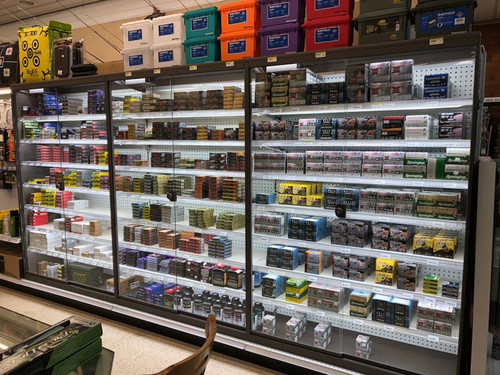
 Gabriel Eck
Gabriel Eck

